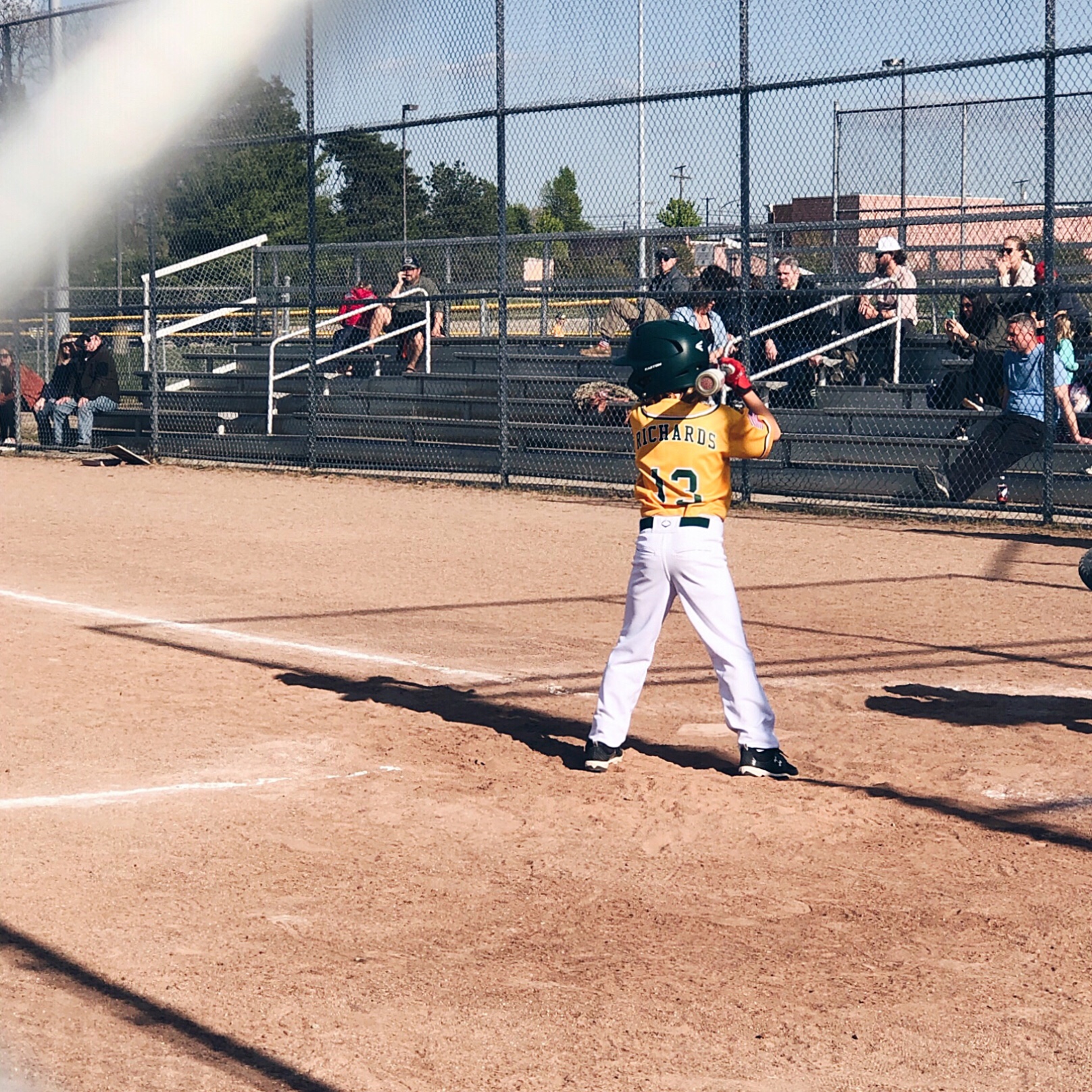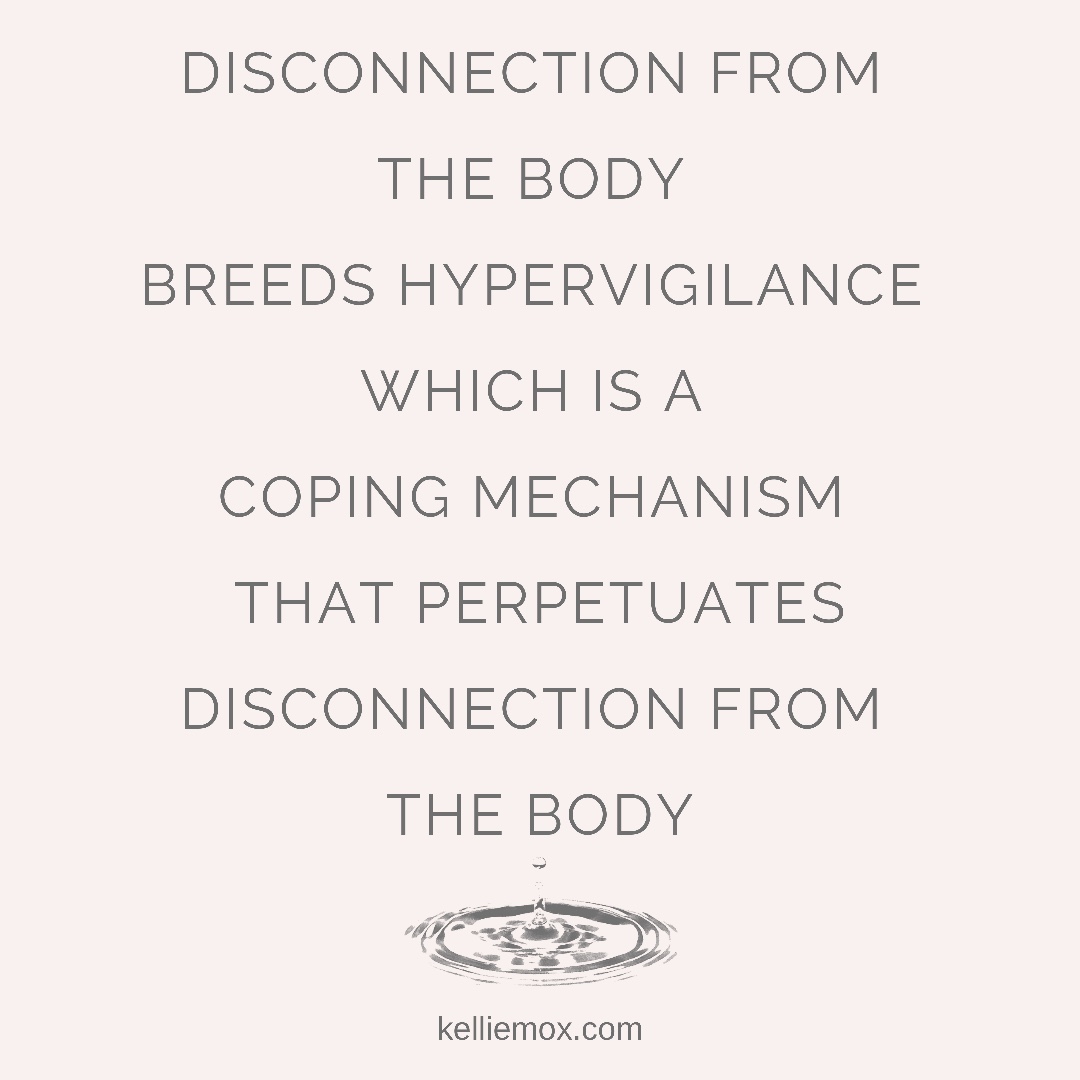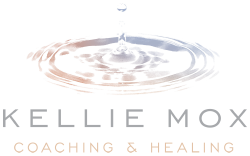My husband coaches our son’s travel baseball team. It’s a group of seven and eight-year-old boys who are like little magnets on the field, moving toward and away from the baseball depending on their focus.
He had a chat with the team recently about the difference between tunnel vision and awareness, and when he shared this conversation with me, I couldn’t help but see the parallel with my work.
He noticed how the kids get laser focused on one aspect of the game—the batter, the ball, their own position—with little awareness about what’s happening elsewhere on the field. This tunnel vision, of course, blinds them and prevents them from seeing the wholeness of the game and all the possibilities available to them.
Side note: I do believe my husband’s passion for these kinds of conversations with the team is inspired by the phenomenal coaching skills of Ted Lasso. If you’ve not watched it, it’s good medicine.

From Baseball to Healing
Awareness, and more specifically self-awareness, is central to my healing and my work. Self-awareness is, simply put, being present to and conscious of our internal and external experiences. What I’ve noticed is that many folks don’t distinguish between self-awareness and hypervigilance, especially when it comes to their symptoms, feelings, sensations, or behaviors.
Like the players whose tunnel vision blinds them to the whole story on the field, our heady laser-like focus (aka hypervigilance) on our mental, emotional, and physical bodies, actually pulls us farther away from awareness, tethering us to the narrow walls of our mind and distracting us from our wholeness and from possibility.
Moving away from hypervigilance and toward awareness builds our capacity to be where we are—with symptoms, dis-ease, tough feelings—with less suffering and more flow. In this space healing is a natural side-effect.
The Heart of Self-Awareness
Embodiment
There is so much nuance to our existence. We are not either self-aware or hypervigilant. Both states live in us, but our access to them varies. Furthermore, self-awareness and hypervigilance, while dissimilar, do not oppose each other. That is, the part of us that relies on hypervigilance and the part of us that embodies self-awareness both want the same thing. They just go about it in different ways.
Here’s the thing: Hypervigilance is often a trauma response that served to protect us at some point in our lives. It is simply scanning for danger, and it’s a natural side effect of the disconnection from our body and the environment that happens with chronic stress or trauma. We get pulled out of the body and the present moment when things feel too much, too fast, or too soon. At the risk of sounding repetitive, hypervigilance is your system’s best attempt to create a much-needed sense of safety (thank you, nervous system). I emphasize this, because I want you to know that nothing is wrong IN you when you’re hypervigilant, even if it feels wrong FOR you.
But this act of self-protection all happens in the mind; when we’re hypervigilant, we’re THINKING about (and often analyzing) our body but we’re not actually IN it. This, in turn, perpetuates our disembodiment by sending danger signals to the brain. To heal, we must reconnect to our body and our environment in a slow, safe way.

This is the first and most important part of cultivating self-awareness. The more we are in our bodies, the more we can be deeply aware of and present to our inner experience, feelings, thoughts, energy, beliefs.
Know that, no matter where you are on the spectrum of hypervigilance and self-awareness, you are right where you need to be. As you practice being in and with your body, remember that the part of you that turns to hypervigilance ultimately needs your compassion, even as you shift your intention and attention more and more towards awareness.
Education
We don’t know what we don’t know. If we don’t know how the human nervous system works, and more importantly, how our unique being tends to move through and respond to the world, it’s very difficult to cultivate revolutionary levels of self-awareness.
Even though hypervigilance begins as a trauma response, it flourishes in the absence of knowledge about the brain, nervous system, and neuroplasticity, even when safety is present in the here and now. We need to have a basic understanding of our neuroanatomy and its healing potential so that we can accurately perceive and honor our body’s messages. If, for example, we know what an activated fight/flight state looks and feels like in our body, and we know practices to either release or contain that stress physiology, we can more comfortably and healthfully move through it. When we don’t know what’s happening we may be frightened by the racing heart, the tight chest, or the pain in our gut. This can lead to more hypervigilance or to coping in ways that keeps this stress energy locked in our bodies.
Getting to know neuroanatomy serves to halt the feedback loop that is hypervigilance and catalyze a new feedback loop of embodied awareness.
Practice
Once we have knowledge, we must bring it to life in our practice. Shifting away from tunnel vision and moving toward self-awareness requires repeated doses of this medicine. Know self-awareness is not an end-state to achieve; rather, it is an unfolding and an evolution in the story of our wholeness. It’s not unlike our healing in that way. Every chapter is right and good and enough by itself, AND you can count on another chapter to offer a deeper understanding of your wholeness.
More Information
Here’s a bit about self-awareness from an earlier blog.
You can download my Self-Awareness Starter Prompts (at the top of this page) to start practicing!
You can also check out the details of my course that’s all about cultivating revolutionary levels of self-awareness. If it’s something you’re interested in, send me a note, and I’ll include you on the wait list for the next round (dates TBD).


